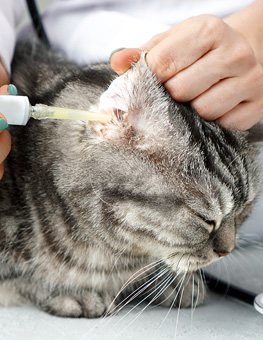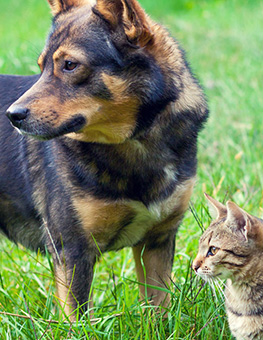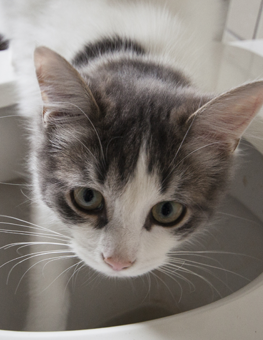What Does Your Dog's Skin and Coat Tell You About His Underlying Health?
While your dog may still have that spring in his step and seem healthy at first glance, now is the time of year when you should bring your pooch in for a veterinary visit to handle many seasonal dog wellness concerns.


Act quickly if you notice skin or coat issues, which can signal underlying problems.
Your dog's skin and coat health are a major issue during the spring and summer, as extended time outdoors, high temperatures and other forms of exposure can begin to wreak havoc on his skin. Thankfully, skin and coat issues can be easy to spot, and most of the time they come down to questions of nutrition or other underlying issues.
Here are a few of the most common ailments to look out for and how to treat them effectively:
Hot spots - According to TheInternetPetVet.com, hot spots can arise on your dog's skin typically during the summer. These skin infections begin as small lesions that can grow into something more itchy and painful when licked or scratched constantly. When these issues arise, consider treating the area with a cold compress as well as an antiseptic. A cloth soaked in black tea can also be very effective in reducing inflammation.
Dry skin patches - If you've begun to notice that your dog is experiencing dry skin, a change of diet may be the best way to clear these up. Consider limiting your dog’s sun exposure and adding vitamin supplements that contain essential fatty acids like omega-3s, which play a role in maintaining healthy skin and contribute to a healthy coat. If the issues persist, it may be an underlying glandular problem, so make an appointment at the vet immediately.
Flea allergy dermatitis (FAD) – Severe itching and irritation of your dog’s skin may indicate a flea allergy, a growing concern among our furry companions around the summer season. Dogs that have FAD are hypersensitive to the saliva a flea passes into the dog’s skin when it bites. The best way to treat FAD is to prevent fleas from attacking your pet by completely removing them from your dog’s environment. Flea prevention is a must with this condition, so consider applying preventative flea and tick control products on a monthly basis.


A dull or unhealthy coat can be the result of poor nutrition.
Dull coat - When your dog's coat begins to lose some of its luster and strength, this can be a tell-tale sign of poor nutrition. Consider improving the quality of your dog's food and make the switch to products that are made with natural ingredients, as well as cutting down on the carbohydrate and fat content. This can slowly but surely bring his coat back to its beautiful state and it may just help out a variety of physiological functions in the process. A healthy coat also depends a great deal on proper grooming, so be sure to brush your dog’s coat regularly and use both shampoo and conditioner when bathing your pup.
If you begin to notice dry skin, lesions or a coat that doesn't look as good as it used to be, don't ignore it! These changes can signal many underlying nutritional or physiological problems that will only get worse if you don't act quickly.
Download the Infographic
Click here for a PDF of this infographic.
This content is provided by the pet grooming experts at Hartz. Our professional staff is here to keep you educated on the proper grooming techniques while offering tips to keep your pet happy and healthy.

















